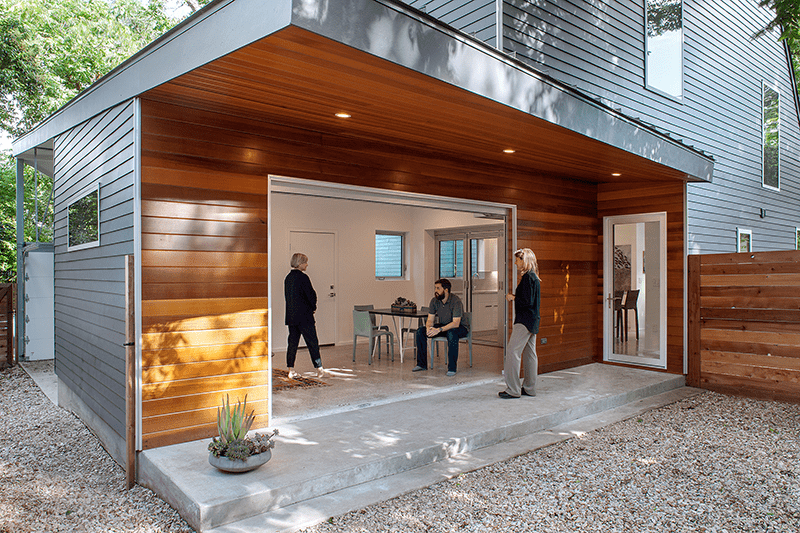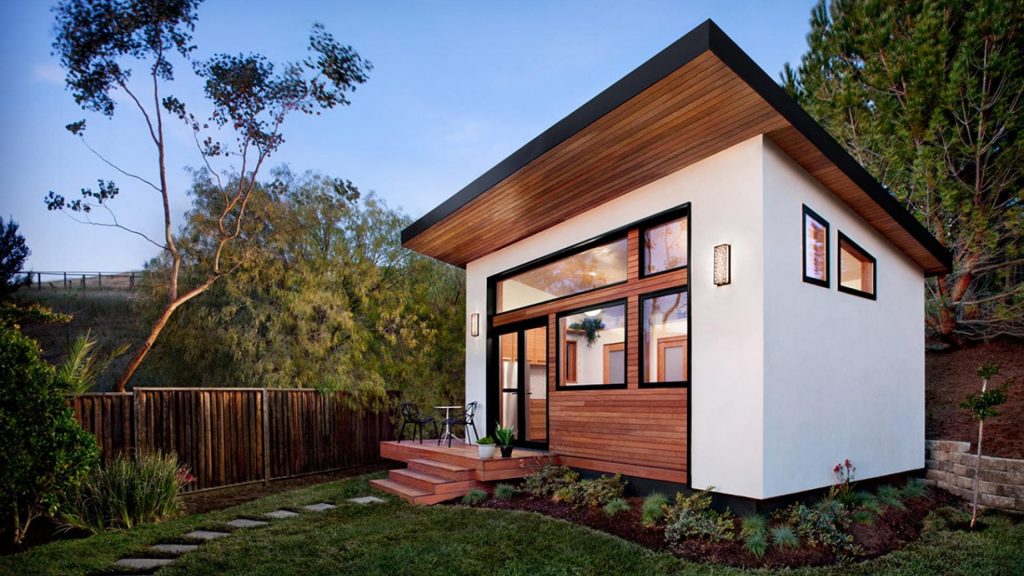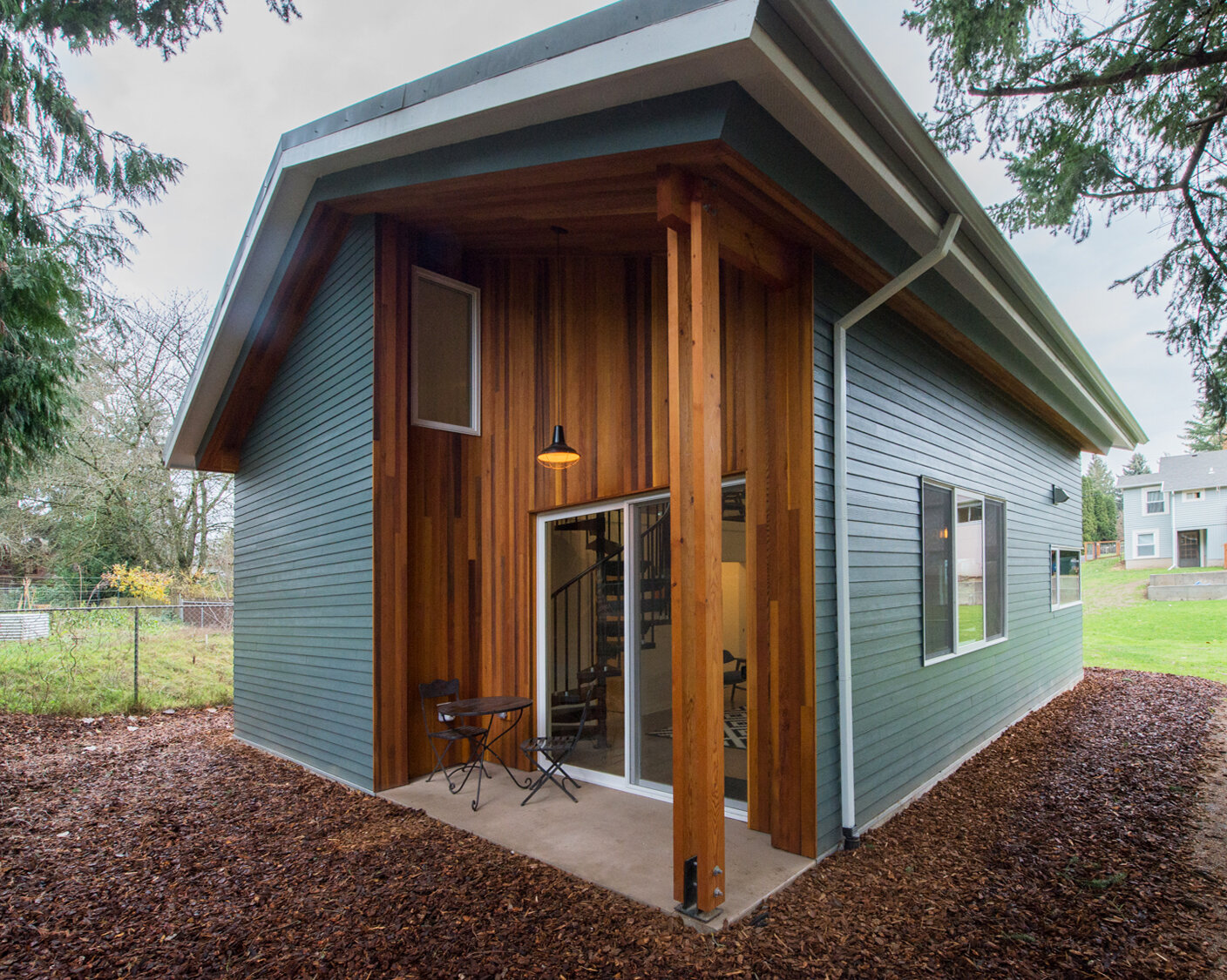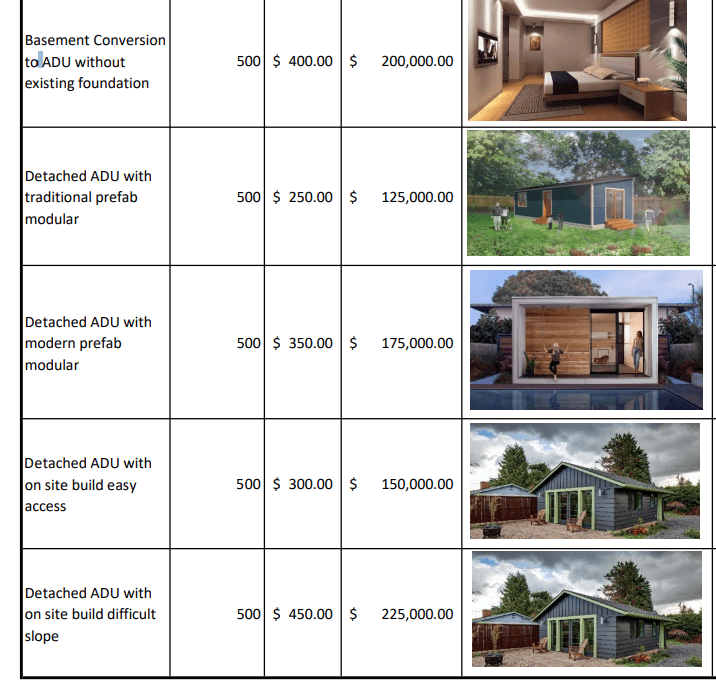Accessory dwelling units (ADUs) provide homeowners with an opportunity to generate income from an otherwise unused property. But ADU apartments also provide a number of other benefits including reduced household expenses, additional housing options for family members, and more sustainable community development that supports an aging population.
What costs are involved? What should I be prepared for? What expenses should I expect and how to save on them? How much value does an accessory dwelling unit add? Accessory dwelling unit cost to build? The cost to build an accessory dwelling unit varies greatly depending on how you do it.

How much does it cost to build an accessory dwelling unit
The average cost of an ADU is $80,000, according to the City of Seattle. The price tag includes the cost of construction and permits but doesn’t include the value of land or existing structures.
Costs vary depending on location, size and complexity of construction, but some general estimates are available for inspiration:
A small ADU can be built for about $50,000 in rural areas and $100,000 in urban areas. Smaller units have fewer amenities than larger ones.
A large ADU can cost up to $150,000. These units typically have more space and amenities such as bathrooms and kitchenettes.
An accessory dwelling unit (ADU) is a smaller dwelling, either attached or detached from the main home, that adds to the housing stock and provides additional income or space for aging in place.
ADUs have many names: granny flats, mother-in-law suites, secondary units and backyard cottages.
The cost of building an ADU varies widely depending on the size and location of the lot. The average cost per square foot for a detached ADU is $108 in Seattle and $73 in Portland.
The average construction cost for an attached ADU is $62 per square foot in Los Angeles County, but it can be as low as $25 per square foot if you use a local contractor who specializes in ADUs.
While costs vary by region, here are some general guidelines on how much it will cost to build an accessory dwelling unit:

The cost to build a detached accessory dwelling unit varies greatly. The cost for an ADU can range from $50,000 to $150,000, depending on the size of the home and whether it is built as a separate structure or as part of an existing home.
The size of the ADU will have the biggest impact on its cost. A small studio apartment can be built for as little as $50,000 if it is located within a home that already has full plumbing hookups and electrical service. However, if you want to build a larger two-bedroom unit with upgraded finishes and appliances, expect to spend closer to $100 per square foot.
Another factor that affects the price of an ADU is whether it is attached or detached from your home. In most cases, detached units are more expensive than attached units because they require additional materials such as masonry work, framing and roofing materials that are not required for attached units
An accessory dwelling unit is a second home that’s separate from the main house. These units can be attached or detached from the primary residence, and they can range from an efficiency apartment to a small house with its own kitchen, bathroom and laundry facilities.
In some areas, ADUs are called granny flats, mother-in-law suites or backyard cottages. Whatever you call them, these accessory dwellings are becoming more popular as homeowners seek to create affordable housing options in their neighborhoods. In fact, a recent survey by National Association of Realtors® found that more than half of all U.S. adults would like to live in an ADU someday.
An accessory dwelling unit, commonly known as an ADU, is a separate residence contained within the structure of a single-family home.
ADUs can be built as a separate structure on the property, or they can be built within the existing footprint of the house.
If you build an ADU as a separate structure, it’s often referred to as a granny flat.
If you build an ADU within your home, it’s called an in-law unit or mother-in-law suite.
It’s important to note that not all jurisdictions allow accessory dwelling units (ADUs). A few do allow them but have restrictions on their size and location and/or require special permits for construction.
It’s also important to note that building codes vary from community to community. This means that if you want to build an accessory dwelling unit (ADU) in order to help pay for retirement costs or give your children extra space while they attend college, you should check with your local building authority before starting construction work.

Accessory dwelling unit cost to build
Accessory Dwelling Units (ADUs) are a type of residential building located on the same lot as an existing house or other main building. They can include small homes, mother-in-law units, and even tiny houses.
While their use in the United States is limited by local zoning codes and ordinances, ADUs are common in many other parts of the world, including Canada, Australia and many European countries.
An accessory dwelling unit (ADU) is a self-contained living space that can be added to your existing home. The range of possible configurations is almost limitless – from a studio apartment above the garage to an entire cottage behind your house.
In most cases, you can build an ADU on your property without having to obtain a permit from your local government first; however, this does depend on where you live and whether there are any restrictions on building additional housing units on your land. If you do need a permit, it’s usually issued by your municipality at no cost to you.
The most common use for ADUs is as rental income properties – they can be rented out separately from the main house in exchange for regular payments that offset mortgage payments or supplement rental income from
Accessory dwelling units (ADUs) are private residential spaces that can be attached to or detached from a main home. They can range from backyard cottages to small apartment buildings.
ADUs have been around for decades, but due to changing demographics and the growing affordability crisis in many cities, they’re seeing a resurgence.
In 2018, there were almost 100,000 new ADUs constructed across the country—a number that has more than doubled since 2010. Cities like Portland and Seattle have seen the most activity, with nearly 50 percent of all new construction being ADUs; other cities like Austin and Denver are also making strides toward legalizing this form of housing.
The accessory dwelling unit, also known as an ADU or granny flat, is a second home on your property that can be rented out as a source of income. It’s also often called a mother-in-law unit, garage apartment or cottage.
A cottage is a second home on your property that can be rented out as a source of income. It’s also called an accessory dwelling unit (ADU) or granny flat.
In some cases, it’s possible to build an ADU on your property without building permit. However, most municipalities require you to obtain one before starting construction — especially if the detached structure will be larger than 800 square feet.
An accessory dwelling unit (ADU) or granny flat is a small house or apartment that is built on the same property as the main home. It is often used to provide affordable housing for family members, such as elderly parents, but can be used for other purposes.

An ADU may have its own kitchen, bathroom and living room; it may be located above a garage; or it may share some of the existing space with the primary dwelling unit.
The most common type of ADU is an internal addition to an existing single-family home, which adds another bedroom, bathroom and kitchen to the home. The addition can be built on the side or back of a house, but in some cases it may require a foundation separate from the main structure.
Another type of ADU involves converting an existing garage into a living space. This type of conversion can also include adding windows and doors to allow natural light into the building.
An accessory dwelling unit is a small, stand-alone home that’s attached to or near an existing house. It’s also known as a granny flat, mother-in-law suite or in-law apartment.
Many cities are encouraging these types of units for several reasons:
They can help homeowners age in place by providing an affordable rental unit for their parents or other relatives.
They provide affordable housing in areas where rents have risen rapidly in recent years.
They offer a new option for homeowners who want to rent out part of their property but don’t want to deal with the hassle of managing tenants or dealing with complaints from neighbors about noise or other nuisances.
